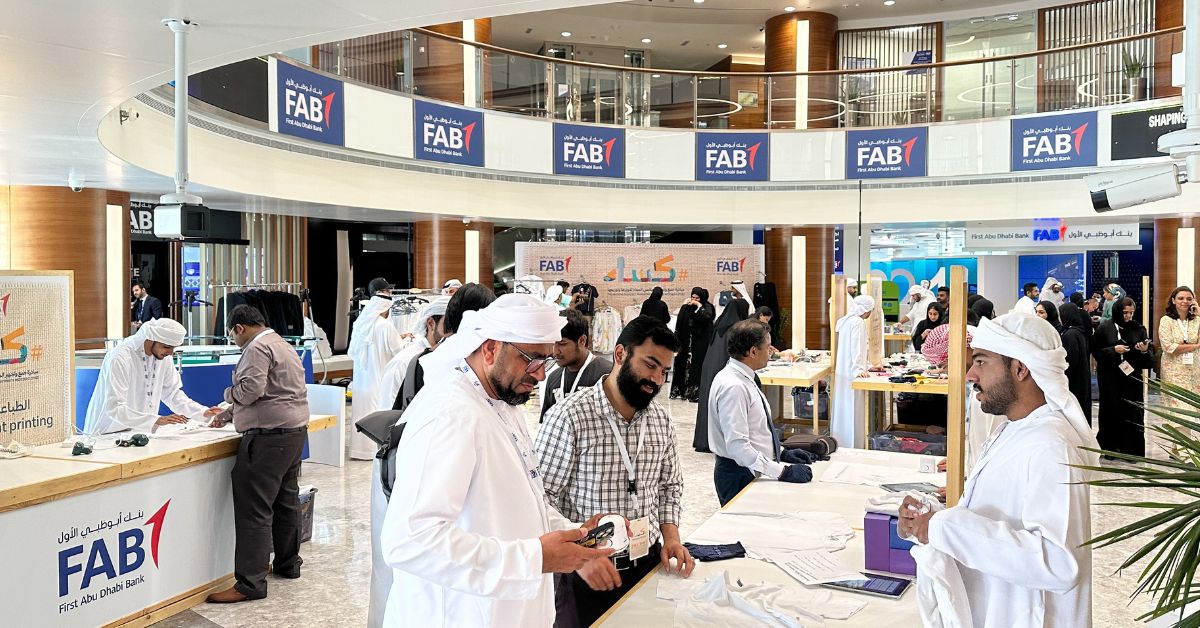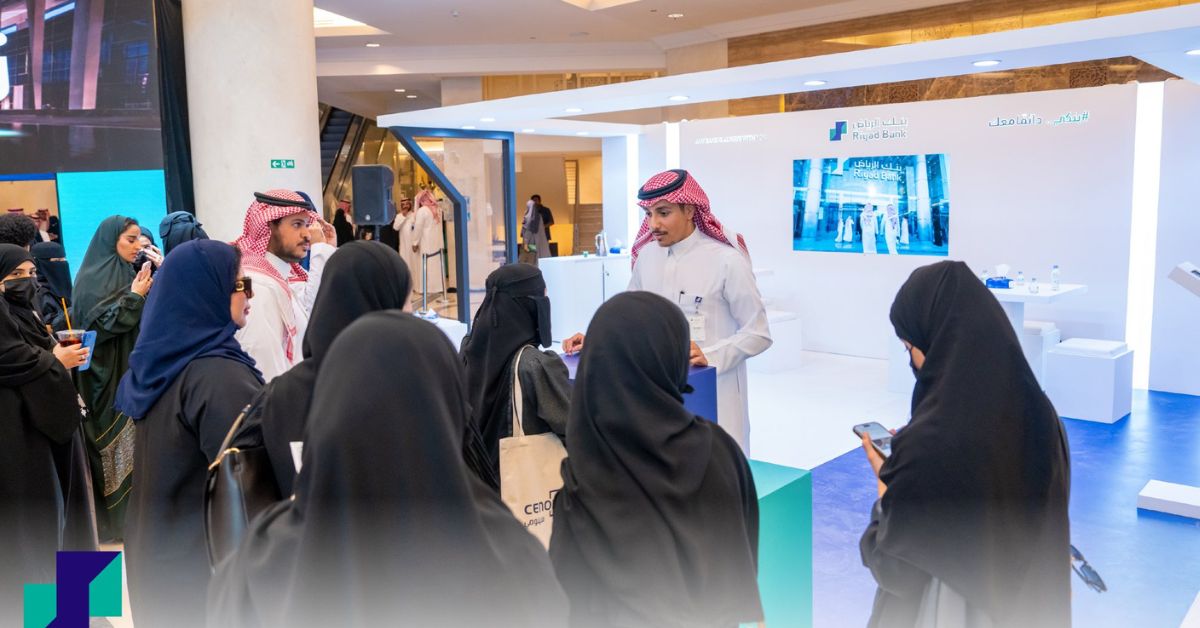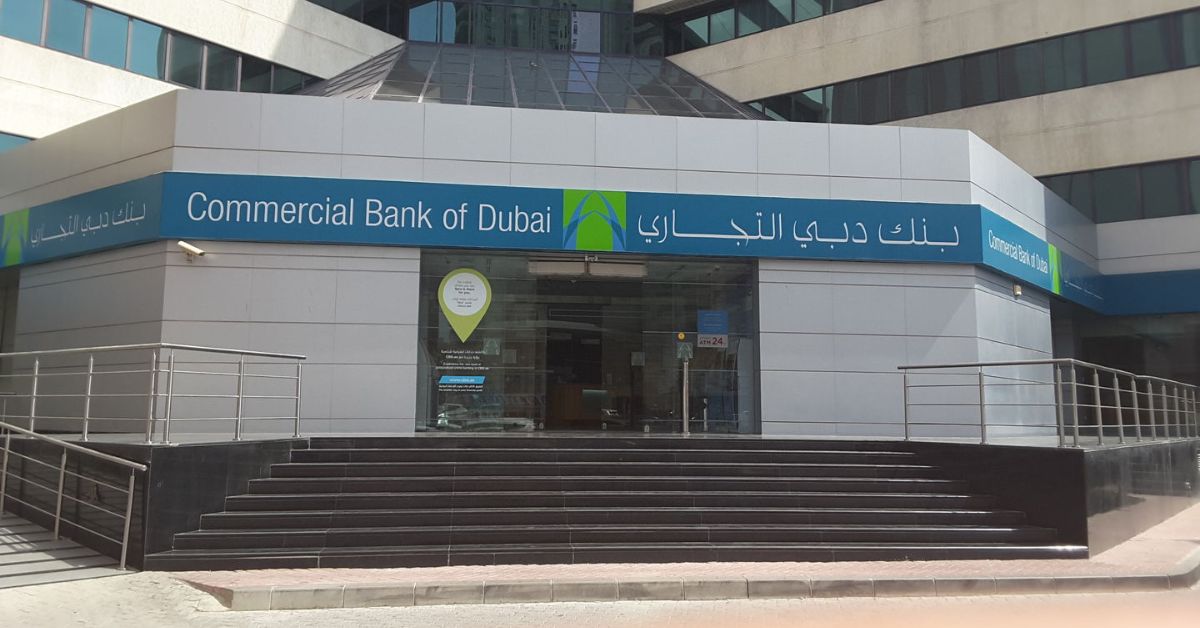KUWAIT CITY — Despite the high interest rates following the US Federal Reserve’s recent quantitative tightening, the banking sector in the GCC showed consistent lending growth during the second quarter of 2023, according to a Kamco Invest report.
The report linked this sequential growth during the quarter to a strong projects market pipeline and government efforts to offset the effects of higher interest rates.
In response to ongoing inflation in the US economy, the Federal Reserve increased its primary interest rate from 0.5 percent in March 2022 to 5.5 percent in July 2023, its highest level in over two decades.
The report highlighted the momentum provided by a series of major projects and reform initiatives announced throughout the GCC, which have in turn boosted corporate lending.
Additionally, GCC-listed banks reported a record distribution of $1.9 trillion in gross loans at the end of the second quarter. Kamco’s report emphasized a quarter-on-quarter growth of 1.9 percent or $36.3 billion, supported by growth seen across all GCC markets.
The report also indicated that aggregate net loans saw a slightly more modest growth of 1.7 percent during the quarter, totaling $1.8 trillion.
Focusing on specific countries, the report detailed Saudi Arabia’s exceptional performance in outstanding credit facilities, noting a 2.5 percent growth during the second quarter of 2023. In contrast, Kuwait, Qatar, Bahrain, and Oman experienced growth rates below 1 percent.
The Kamco report credited Saudi lending growth to sectors like utilities, real estate, and trade, which showed over 5 percent quarter-on-quarter expansion in the second three months of 2023.
Regarding liquidity, the report found that listed GCC banks reported a minor increase of 1 percent quarter on quarter in customer deposits, amounting to $2.3 trillion. This change was propelled by higher deposits in most markets, counterbalancing a decline in Qatar and Kuwait.
The report further stated that the net effect of rapid gross loan growth compared to customer deposits resulted in a slight rise in the GCC’s aggregate loan-to-deposit ratio, reaching 79 percent by the end of the second quarter.
Here are insights about the performance of some banks in the UAE and Saudi Arabia for the first half (H1) of 2023:
Commercial Bank of Dubai
The Commercial Bank of Dubai reported a record net profit of US$ 333.5 thousand for H1 2023, a 41.5 percent increase from H1 2022. Outstanding contributions from Net Interest and Other Operating Income, bolstered by strong loan growth, led to a significant rise in net profit.
Rising market interest rates played a role in the financial boost. The UAE’s economic outlook and business confidence remain positive, supported by vibrant domestic activity expected to drive economic growth for the rest of 2023.
Commercial Bank of Dubai's H1 2023 results: * Net profit: US$333.5 thousand (41.5 percent above H1 2022) * Operating income: US$163.71 thousand (up 41.9 percent due to increased net interest income, fees, and commissions) * Operating expenses: US$157.9 million * Operating profit: US$512.3 thousand (up by 49.5 percent) * Net impairment allowances: US$178.5 million As of June 30, 2023: * Capital ratios remained robust with the capital adequacy ratio (CAR) at 16.43 percent, Tier 1 ratio at 15.27 percent, and Common Equity Tier 1 (CET1) ratio at 12.92 percent, all well above regulatory requirements. * Gross loans: US$23.5 billion (an 8.5 percent increase from December 31, 2022) * Advances to stable resources ratio (ASRR): 86.18 percent
First Abu Dhabi Bank
First Abu Dhabi Bank (FAB), the UAE’s largest bank and one of the world’s premier financial institutions, announced a record H1 2023 net profit of US$ 2.2 billion, the highest the Group has ever achieved in a half-year period.
Return on Tangible Equity (ROTE) rose significantly to 18.6 percent, with robust capital accretion pushing Group CET1 to 13.6 percent as of the end of June 2023.
Group operating income reached US$ 3.7 billion, a 44 percent increase from the same period the previous year.
The results also showed the Group’s continued efforts to manage risks, control expenses, and maintain a solid foundation, underscored by the Common Equity Tier 1 (CET1) strengthening to 13.6 percent as of June-end 2023, up from 12.6 percent as of June-end 2022.

Al Rajhi Bank
In Saudi Arabia, Al Rajhi Bank posted a net income of US$ 2.2 million for H1 2023, a decrease of 1.2 percent year-on-year.
This decline was due to a 3.5 percent year-on-year drop in operating income, resulting from a 5.4 percent decrease in net financing and investment income. However, this was partly offset by a 2.9 percent rise in fees and other income.
Asset growth was propelled by a 25.7 percent year-on-year increase in investments and an 11.4 percent growth in net financing. Total retail financing grew by 4.7 percent year-on-year, with mortgages seeing a 13.6 percent increase.
Additionally, corporate financing net increased by 39.6 percent, and SME financing net grew by 25.3 percent year-on-year.
The bank maintained a strong capital position with a tier 1 ratio of 20.5 percent and healthy liquidity with an LCR of 143 percent.
Riyad Bank

Riyad Bank reported a net income (after zakat) of US$ 1 billion for H1 2023. Net income (after Zakat) grew by 26.5 percent YoY.
Operating income rose by 26.2 percent YoY, primarily due to an increase in net special commission income, trading gains, and net exchange income. Operating efficiency stood at 30.0 percent.
Cost of risk was 0.83 percent, compared to 0.39 percent in H1 2022. Net loans and advances increased by 9.8 percent YoY, reaching US$ 70.1 billion across both commercial and consumer loans.
Customer deposits grew by 14.7 percent YoY to US$ 72.5 billion. Total assets increased by 8.7 percent YoY, totaling US$ 103.7 billion.
Capitalization remained strong with CET1 ratio at 15.8 percent, Tier 1 ratio at 17.8 percent, and Total CAR ratio of 20.7 percent. The bank had a comfortable liquidity position with an LCR of 181 percent and a loans to deposits ratio (including Sukuk) of 93.6 percent.








